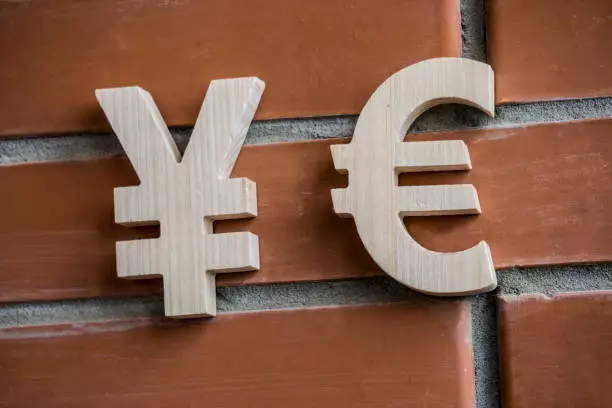In the past week, the anticipated strength of the euro has waned, signaling a complex scenario for traders and investors. After reaching a peak in September 2024, where the Euro Currency Index stood at 112.14, the currency has since navigated a significant downward trajectory, evidencing a low of 101.92 in January 2025. This decline has led to a period of consolidation largely influenced by net short positioning that has emerged among speculators. As of early February 2025, the futures market revealed a striking rise in large speculators holding short positions, totaling a staggering -104,399 contracts. This number marks a significant approach to a five-year low, indicating entrenched pessimism regarding the euro’s immediate future.
The various factors leading to the euro’s depreciation can be traced back to geopolitical tensions and economic forecasts. Speculative positioning can provide insights into market sentiment, and in this case, it reflects widespread hesitation in the euro zone due to ongoing global uncertainties, including the protracted conflict between Russia and Ukraine. Noteworthy onlookers should remain aware that any positive developments—such as potential peace negotiations—could catalyze a correction. Such news might prompt a partial unwinding of the amassed short positions, offering a glimmer of hope for the euro’s recovery.
Yen’s Resurgence Amid Policy Shifts
Conversely, the Japanese yen has recently exhibited strength, particularly since mid-January 2025. Influential statements from key Bank of Japan (BoJ) officials, including Governor Ueda, have positioned the yen favorably within the currency market. Speculation surrounding potential interest rate hikes—possibly up to two increases of 25 basis points—has fostered this trajectory. In conjunction with improved wage growth and a stabilizing inflation landscape, yen strength appears to represent a broader trend within Japanese monetary policy.
In the realm of currency pair dynamics, one notable battleground is the EUR/JPY exchange rate. As of February 20, 2025, the euro has shown vulnerability against the yen, notably losing about 2% in value, which places it among the weakest performers against the yen among major cross-currency pairs. This trend underscores the broader narrative of diverging monetary policies, wherein the eurozone faces challenges while Japan seems poised to initiate a tightening cycle.
Technical Indicators and Potential Trend Shifts
From a technical analysis perspective, significant patterns have emerged concerning the EUR/JPY pair. The recent breach of the long-standing ascending channel support established in March 2022 reflects growing bearish sentiment. Furthermore, price action has suggested the formation of a “Head and Shoulders” pattern—a classic sign of impending reversal. This configuration, which incorporates the swing highs recorded on several pivotal dates, supports the bearish outlook that the pair could transition from a prolonged bullish phase to a notable downtrend.
The current analysis pinpoints the critical level of 155.45 as a key downside trigger. This level, functioning as the neckline for the aforementioned bearish reversal formation, presents a stark decision point for traders. A daily close below this threshold could unleash further downward momentum, potentially targeting subsequent support levels around 151.00 and 145.60. Conversely, should the price manage to ascend past 163.80—identified as a central resistance—market participants could see renewed bullish momentum, with targets set at 166.80 and 171.60.
The evolving landscape of the EUR/JPY pair reflects a confluence of speculative sentiment and changing monetary policies. The interplay of reduced euro confidence against a strengthening yen sets the stage for a dynamic trading environment. Investors and analysts alike should maintain vigilance, watching for critical support and resistance levels while adapting their strategies to the underlying geopolitical and economic currents influencing these currencies. This intricate dance between the euro and yen underscores the importance of staying informed and agile in the currency market, ensuring readiness to capitalize on potential shifts as they unfold.

